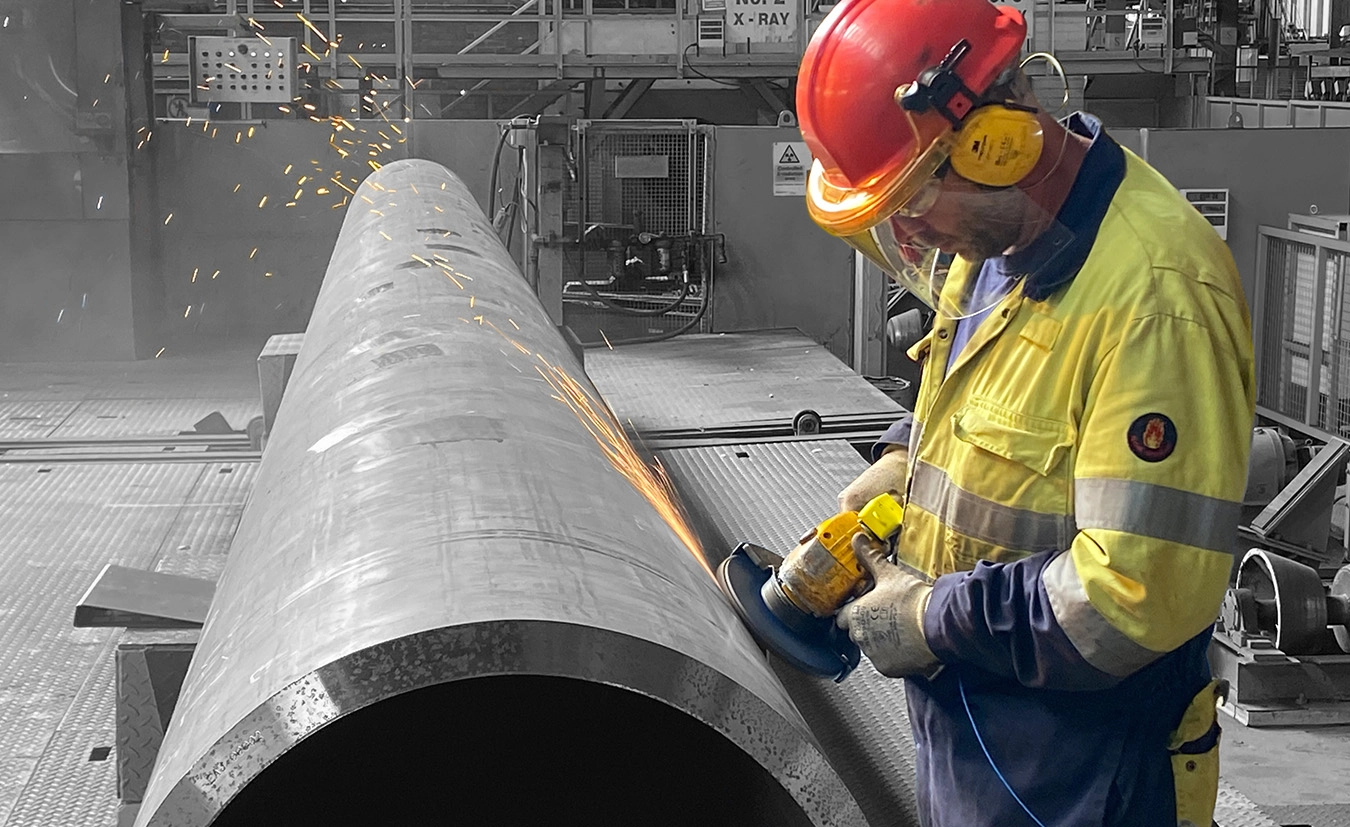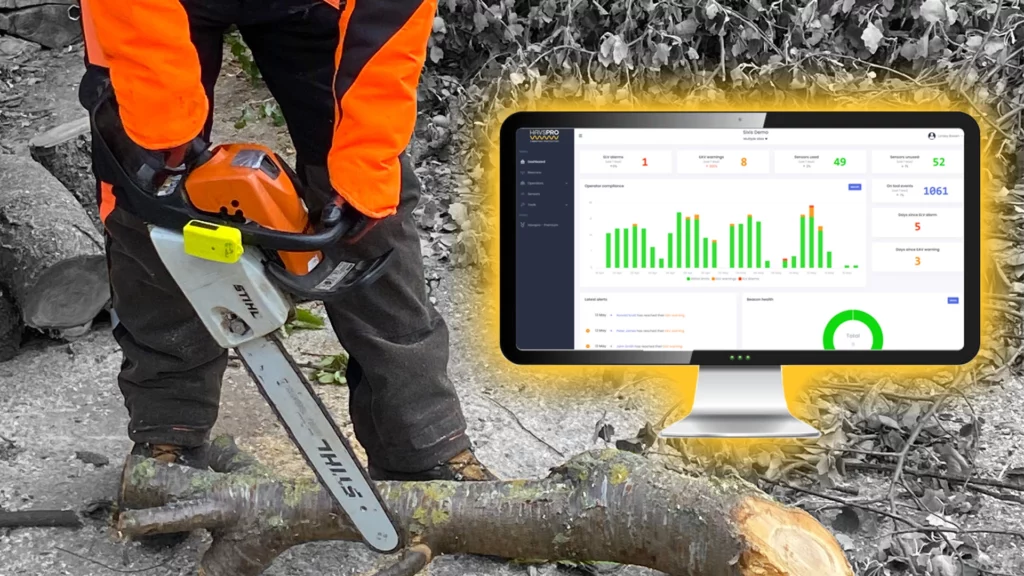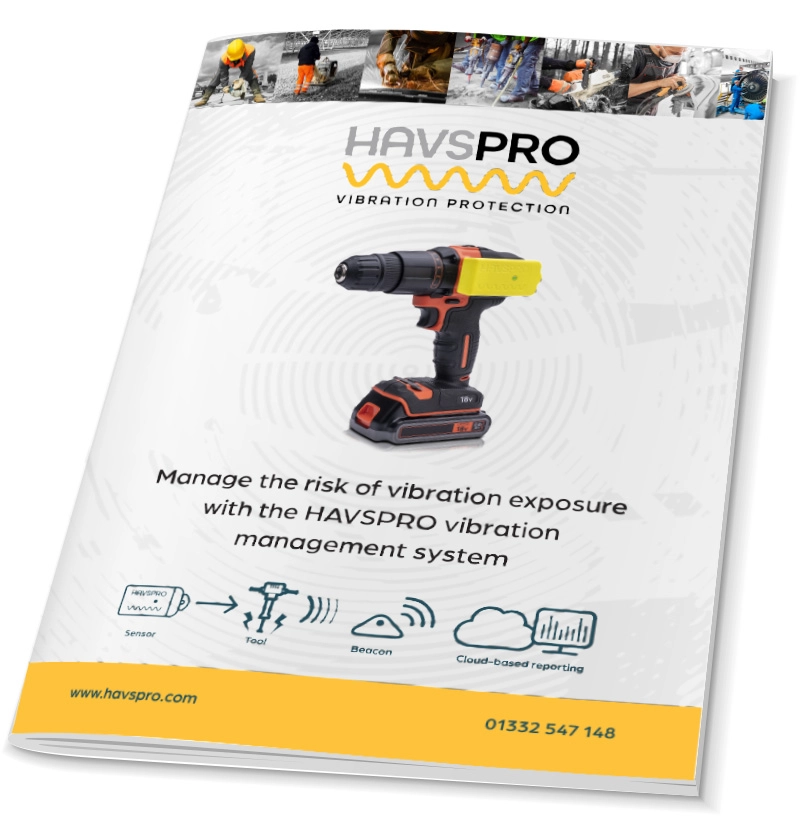As you know HAVS, Hand Arm Vibration Syndrome, a painful, debilitating, and serious condition that’s permanent once it develops. The symptom progression can be subtle and gradual, it is therefore imperative that the operators are aware of the condition symptoms as it can be difficult to detect until it’s too late. Making this a definite case of prevention being better than a cure.
If you or any of your employees work with vibrating equipment, even if it’s only occasionally, its vital that you are aware of the exposure limits in place to protect people working with vibrations and know what the legal exposure limits are so you can remain within the law, protect your health and avoid significant fines.
What are the HAVS Exposure Limits?
The legally established thresholds for daily vibration exposure are to protect employees and prevent HAVS, they are defined in L140, The Control of Vibration at Work Regulations. These limits are referred to as the Exposure Limit Value (ELV) and the Exposure Action Value (EAV).
The regulations state that 2.5ms2 for 8 hours = EAV and 5ms2 = ELV….but we have to report in HSE points, therefore EAV = 100 HSE points whilst ELV = 400HSE points.
What we really need to be aware of is that these are the maximum values, we should start out with these values and then reduce to As Low As Reasonably Practicable (ALARP)
The Control of Vibration at Work Regulations 2005 Exposure limit values and action values
EAV (Exposure Action Value)
The first exposure limit you will hit is the Exposure Action Value (EAV). Whilst it may be viewed as not being a limit in the sense that you cannot go through it, it is a value after which you must take action. All too often operators exceed their EAV with the action being ignored, ‘’its only EAV, ELV is the limit’’ is often heard.
Continually hitting and ignoring EAV is dangerous for the operator and your business. Your RAMS should be mindful of EAV.
So, if your vibration exposure exceeds the action value, you need to take action.

What might that action look like?
Review the task and understand the dangers, it might be that access is limited which means the tool will be used in an unusual method which in turn my increase the vibration magnitude.- Grinding whilst bent over the material as opposed to it being firmly held will increase the vibration. Consumables play a massive part in ALARP, using cheaper consumables may cost you dearly in the future!
If you read an operator instruction for a drill, the vibration values are usually given for specific drill bits drilling specific materials, indeed the HSE figures show a range for specific bit sizes.
If an operator exceeds their EAV and ELV you should review the activity, what were they doing, what consumables were being used, what material was being worked on, when was the tool last serviced or inspected etc and how was the operator using the tools, this will help to understand how could you can manage out the risk that has been uncovered. Without having the knowledge of the activities and data makes it difficult to understand where the risk is actually coming from and what steps need to be taken. Applying this philosophy at ELV will probably be too late.
ELV (Exposure Limit Value)
The upper HAVS exposure limit is the exposure limit value (ELV). This one really is a limit; you are legally not allowed to exceed it. The regulations are clear that the exposure limit value (ELV) must not be exceeded, and if it is, work should stop, and action should be taken to prevent the limit from being exceeded again. HAVS can be contracted in a very short space of time, early intervention is needed if we are to #makehavshistory.
Vibration exposure in practice
There are numerous ways to monitor the approximate vibration exposure levels but does ‘approximate’ sound accurate enough when it comes to risking potentially lifelong damage to employees? We don’t believe it does.
As we have already stated, Vibration level exposure varies due to a range of variables, including the tool itself, how it’s held by the operative, what it’s used for and strength of the grip of the operator. When working out on the field, operators may use multiple vibrating tools throughout the day, all vibrating at different rates and periods of time for different tasks. Since exposure limits apply to total exposure, it’s important to calculate combined exposure to understand and confirm if either of the HAVS exposure limits are reached.

What’s the solution to for accurately monitoring and reporting of HAVS?
At HAVSPRO, we’ve created what we, and many of our partners, believe to be the solution for accurate vibration monitoring and effective managing of risks. We’ve developed a tool-mounted monitoring and cloud-based reporting system that is adaptable to different tools, environments and usage durations to provide employers with a highly accurate way of monitoring, managing and reducing the vibration risks to their employees.
If you’d like to find out more about HAVSPRO, HAVS Exposure Limits, or how our system works and the benefits it can bring to your business, download our brochure below, or contact us.



